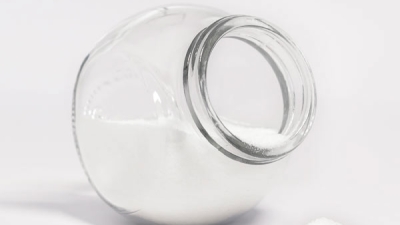5 Essential Tips for Choosing the Right Ie/Ro Water Treatment Plant
Table of Contents
- Understanding the Different Types of Ie/Ro Water Treatment Plants
- Key Factors to Consider When Comparing Water Treatment Plant Features
- Evaluating Performance Metrics: Efficiency and Capacity Analysis
- Budgeting for Your Water Treatment Plant: Cost vs. Value Assessment
- Assessing Maintenance and Support Options for Longevity of Your Plant
- Exploring the Benefits and Applications of Nonionic Polyacrylamide in Various Industries
- FAQS
- Conclusion
- Related Posts
In the fast-changing world of water treatment, picking the right Ion Exchange / Reverse Osmosis (Ie/Ro) Water Treatment Plant is pretty important for industries that want to stay efficient and meet tough environmental rules. I came across a report from Research and Markets saying that the global IoT-based water treatment market is expected to hit around $3.8 billion by 2025 — which just shows how much demand there is for innovative and trustworthy water purification solutions these days. One company that’s really been leading the way is Qingdao Oubo Chemical Co., Ltd., founded back in 2011. They mainly supply chemicals like cationic, anionic, and nonionic polyacrylamide, which are key to boosting how well water treatment systems work.
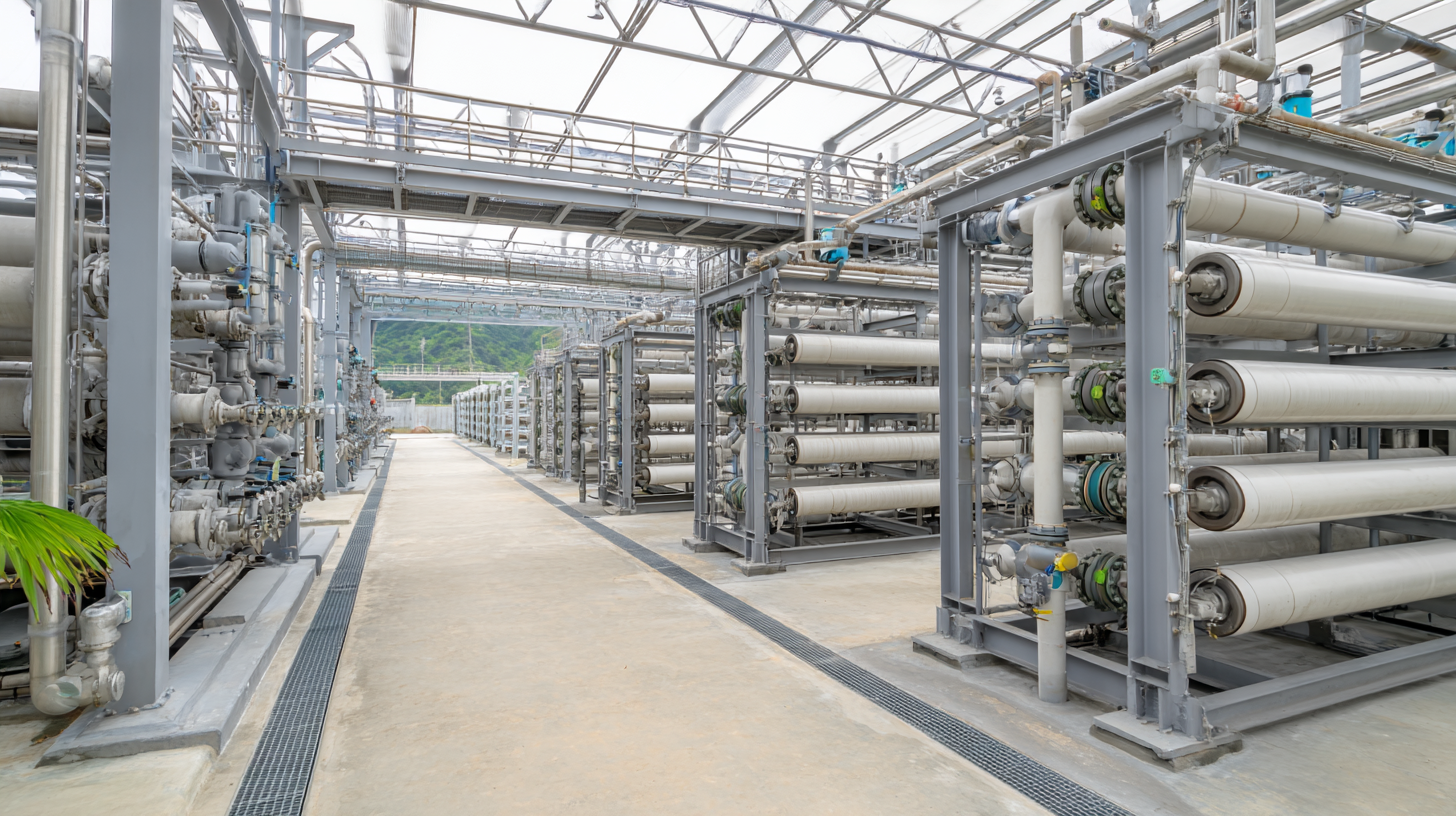
Getting a grip on how to choose the right Ie/Ro Water Treatment Plant isn’t just about saving water — it can really cut down operational costs too. And in today’s world, that’s a big deal for businesses trying to go more sustainable.
Understanding the Different Types of Ie/Ro Water Treatment Plants
So, when you're picking out a water treatment plant—whether it's Ion Exchange (IE) or Reverse Osmosis (RO)—it's super important to understand the different options out there. I mean, Ion Exchange systems are pretty great for softening really hard water and removing certain ions like calcium and magnesium. Basically, they use resin beads that grab onto unwanted minerals and swap them out, which makes them perfect for industrial settings where soft water is a must. On the flip side, RO systems use this semi-permeable membrane to filter out a bunch of stuff—salts, bacteria, organic matter—you name it. They’re excellent if you need really pure water, like for drinking or in the pharmaceutical world.
Here's a little pro tip: combining IE and RO can actually make your water treatment way more efficient. For example, using an Ion Exchange setup before the water hits the RO unit can extend the life of your membranes—since it catches bigger particles and hard minerals upfront—and overall, it just boosts the quality of your water. Getting a good grasp of these different systems and how they work will help you make smarter choices based on what your specific water needs and operational conditions are. Trust me, a little knowledge goes a long way!
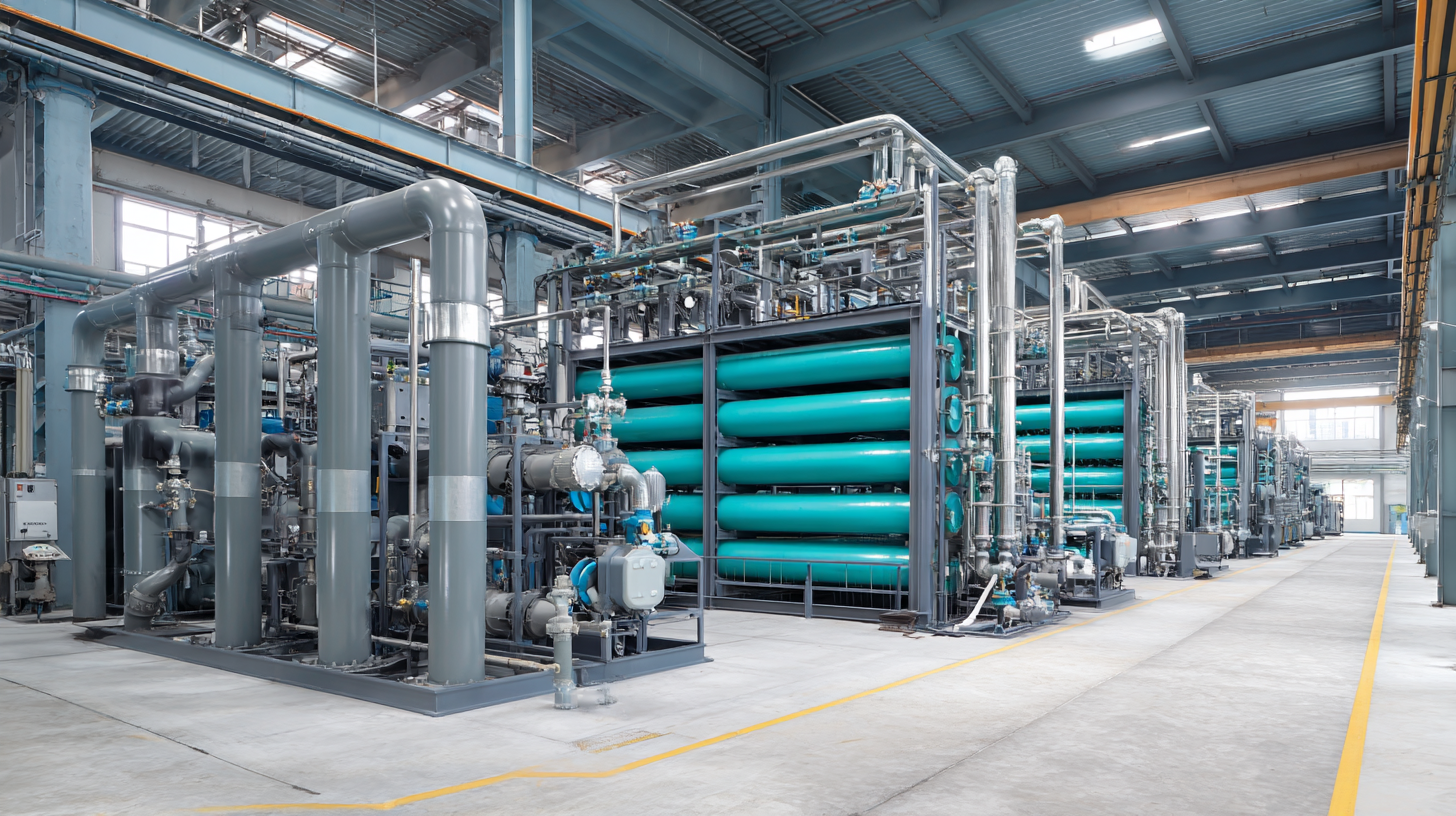
Key Factors to Consider When Comparing Water Treatment Plant Features
When you’re trying to pick the right Ion Exchange or Reverse Osmosis (IE/RO) water treatment system, there are a few key things you really want to consider to make sure it performs well and is sustainable in the long run. First off, you should look at the water quality and specifically what contaminants are lurking in your source water—that’ll really help guide your choice. For example, the Global Water Quality Report 2023 points out that about 60% of groundwater sources worldwide are contaminated with stuff like heavy metals and nitrates. That just goes to show how important it is to choose a treatment setup that's tailored to those specific issues. Adding advanced pre-treatment options into your system can make a pretty big difference, too—helping the IE/RO process run more efficiently, boosting recovery rates, and even making your membranes last longer.
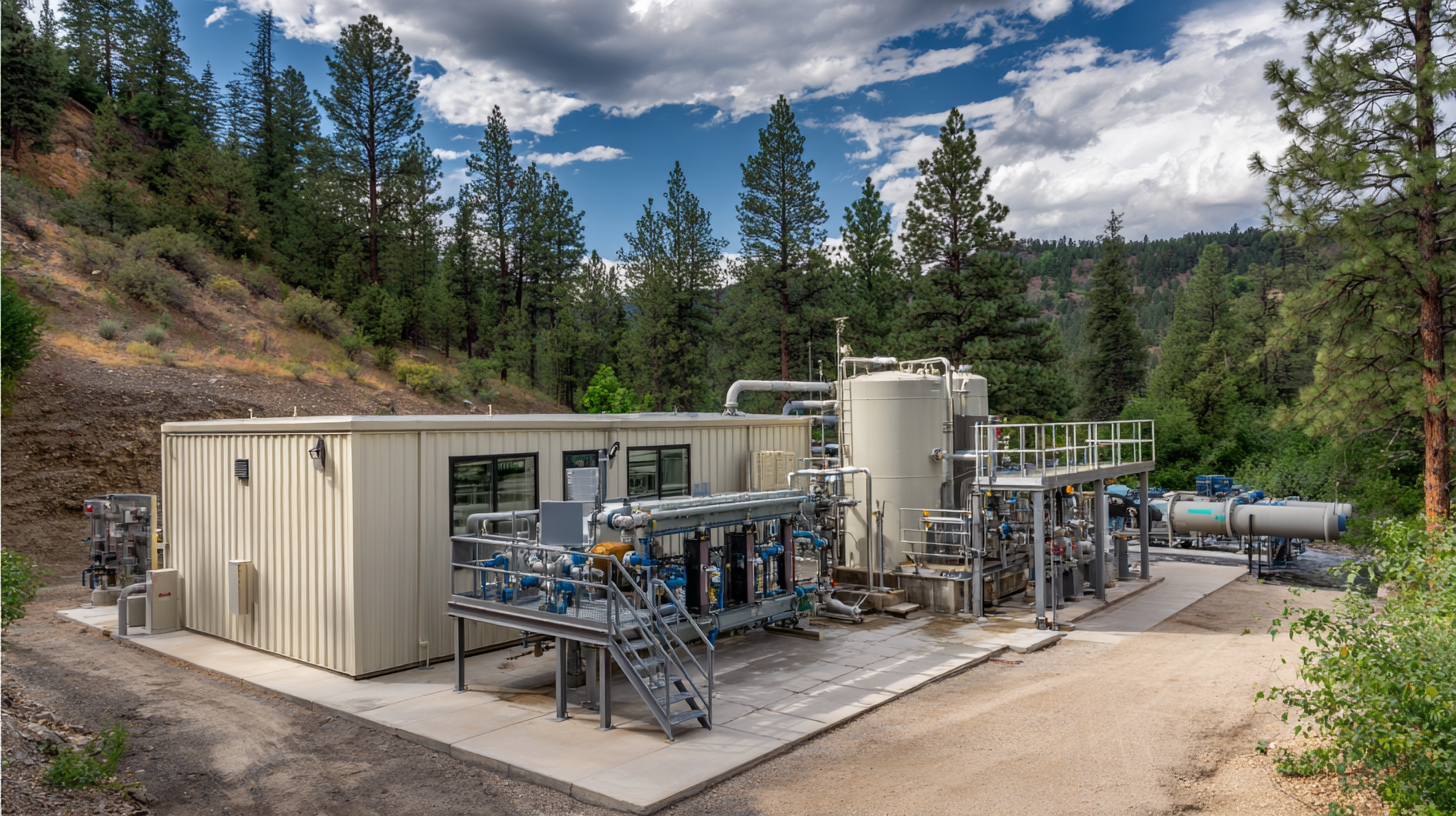
Another thing to keep in mind is how efficient the system is when it comes to operation. A study from the Water Environment Federation shows that newer IE/RO systems can recover over 90% of the water, while older ones might only get about 60%. Plus, you definitely want to consider energy use and maintenance costs—systems with smart energy recovery devices can seriously cut down on expenses, which is especially handy if you're working with high demand. When you weigh all these factors—performance, cost, and what’s good for the environment—you’ll be better equipped to make a choice that hits all the right notes for your water treatment needs.
Evaluating Performance Metrics: Efficiency and Capacity Analysis
When you're out there trying to pick the right ion exchange or reverse osmosis (IE/RO) water treatment system, it’s really important to look at how well it actually performs—things like efficiency and capacity. Efficiency is basically about how good the plant is at turning dirty water into clean water, without wasting too much energy or water itself. A plant that’s super efficient not only cuts down on your running costs but also helps out the environment a lot. To get a feel for efficiency, you wanna check out the recovery rate—that’s the percentage of clean water you get out compared to what you put in. Usually, anything above 75% is considered pretty good for most setups.
Then there's capacity, which is basically about how much water the plant can handle at once. You need to make sure this matches your water needs—nothing worse than having the system overloaded or sitting idle because it’s either too small or too big. And don’t forget to think ahead—can the plant grow if your water demand bumps up in the future? By taking a good look at both efficiency and capacity, you'll be in a better position to choose a system that not only works now but can also keep up with whatever’s coming down the line.
5 Essential Tips for Choosing the Right Ie/Ro Water Treatment Plant - Evaluating Performance Metrics: Efficiency and Capacity Analysis
| Parameter | Description | Value |
|---|---|---|
| System Efficiency (%) | The percentage of water that is purified versus the total volume treated. | 85% |
| Total Capacity (m³/day) | The maximum volume of water processed by the system daily. | 500 m³ |
| Recovery Rate (%) | The ratio of production water to feed water. | 75% |
| Energy Consumption (kWh/m³) | The energy required to process one cubic meter of water. | 1.5 kWh |
| Maintenance Interval (months) | Recommended time between maintenance checks. | 6 months |
Budgeting for Your Water Treatment Plant: Cost vs. Value Assessment
When you're budgeting for an ion exchange or reverse osmosis (Ie/RO) water treatment plant, it’s really important to find that sweet spot between cost and value. A lot of folks tend to zero in on the upfront costs — like equipment, installation, and maintenance — but it’s easy to overlook the long-term perks that a higher-quality system can bring. Investing a bit more in a reliable, efficient Ie/RO system can pay off down the line by reducing operational expenses, minimizing downtime, and providing better water quality overall. In the end, that can save you quite a bit over the life of the plant.
Another thing to think about is scalability. A solution that’s cheap and works fine today might not cut it when your operation grows. Upgrading or expanding later on could end up costing more than you expected. So, it’s smart to choose a system that’s flexible enough to adapt as your needs change — that way, you’re not stuck with more expenses down the road. Also, don’t forget about the environment. More efficient systems usually use less energy and handle waste better, which can translate into long-term savings and a smaller footprint — not just cost-wise, but for the planet too. Basically, taking the time to weigh the cost against the real value of the system helps you make smarter, more sustainable decisions for your water treatment setup.
Cost vs. Value Assessment for Ie/Re Water Treatment Plants
Assessing Maintenance and Support Options for Longevity of Your Plant
When you're choosing an Ion Exchange or Reverse Osmosis water treatment system, don’t just focus on the upfront cost or initial setup. It’s really important to think about the long-term stuff too—like ongoing maintenance and support. Having a solid maintenance plan can make all the difference in keeping your system running smoothly and avoiding costly repairs down the line.
Regular check-ups help spot small problems before they turn into big headaches, so your investment stays protected. When shopping around, see if they offer service packages that include routine inspections, parts replacements, and emergency support—that way you’re covered no matter what.
Also, don’t forget to look into how responsive the manufacturer or supplier’s support team is. Believe me, quick and helpful support can save you a lot of hassle if something unexpected pops up. It’s worth checking out whether they’ve got knowledgeable folks who are willing to teach your team a bit about operating and troubleshooting the system—that can really boost your staff’s confidence and independence. Ultimately, picking a plant with good maintenance options and reliable support means your system will perform better over time, giving you peace of mind and steady, clean water for years to come.
Exploring the Benefits and Applications of Nonionic Polyacrylamide in Various Industries
Nonionic polyacrylamide (NPAM) has emerged as a versatile polymer with significant implications across various industries due to its unique properties. Characterized by high molecular weight and a low ion exponent, NPAM plays a crucial role in processes requiring flocculation, dispersion, and thickening. These attributes make it particularly valuable in water treatment applications, where it aids in the aggregation of particulates for easier removal, thus enhancing water clarity and quality.
In addition to its water treatment capabilities, nonionic polyacrylamide finds applications in agriculture, where it serves to improve soil structure and moisture retention. By enhancing the bonding and film-forming abilities, it creates a stable soil environment that fosters healthy plant growth. Moreover, its minimal sensitivity to pH value and salinity allows for consistent performance in varying conditions, making it an ideal choice for farmers looking to optimize their yield.
Furthermore, NPAM is a valuable component in industries such as oil recovery and mining. Its ability to enhance colloidal stability facilitates the extraction processes, improving efficiency and yield rates. The multifunctional characteristics of nonionic polyacrylamide—the ability to disperse, bond, and thicken—provide significant advantages, proving it to be an indispensable tool across dynamic industrial applications.
FAQS
: Ion Exchange systems are primarily used for softening hard water and removing specific ions such as calcium and magnesium, making them suitable for industrial applications requiring softened water.
Reverse Osmosis systems utilize a semi-permeable membrane to filter out contaminants including salts, bacteria, and organic compounds, making them ideal for producing high-purity water.
Yes, combining IE and RO technologies can enhance water treatment efficiency, often using an Ion Exchange system as a pre-treatment before water passes through a Reverse Osmosis unit.
Using Ion Exchange as a pre-treatment step helps remove larger particles and hard minerals, prolonging the life of the RO membranes and optimizing overall water quality.
Key factors include water quality and specific contaminants in the source water, operational efficiency, energy consumption, and maintenance costs.
Evaluating the efficiency involves comparing recovery rates, as modern IE/RO systems can achieve upwards of 90% recovery compared to older models, which yield around 60%.
Contaminants such as heavy metals and nitrates highlight the need for tailored treatment solutions to effectively address specific water quality issues.
Energy recovery devices in water treatment plants help minimize operational expenses, especially during high-demand applications by reducing energy consumption.
Understanding the functionalities of different water treatment plants empowers stakeholders to make informed decisions that align with their specific water quality needs and operational requirements.
The Global Water Quality Report 2023 indicates that many groundwater sources are contaminated, making advanced pre-treatment options essential for enhancing the efficiency of the IE/RO process and achieving high recovery rates.
Conclusion
Choosing the right IE/RO Water Treatment Plant isn't just about picking any option out there. You really wanna get a good handle on the different types available and see how they fit with what you actually need. It’s a smart move to compare features of various plants, check out their performance—like how efficient they are and their capacity—and also do a quick cost versus value check so you don’t go over budget. And hey, don’t forget to make sure there’s decent maintenance support — that’s what keeps things running smoothly in the long run.
At Qingdao Oubo Chemical Co., Ltd., we totally get how important having a reliable water treatment setup is. We've been around since 2011, mainly focusing on supplying chemicals, especially polyacrylamides. That experience puts us in a good spot to help industries make the most of their IE/RO Water Treatment Plants.
Ultimately, it’s all about finding a solution that’s efficient, cost-effective, and backed by good support — and we’re here to help you do just that.
Related Posts
-
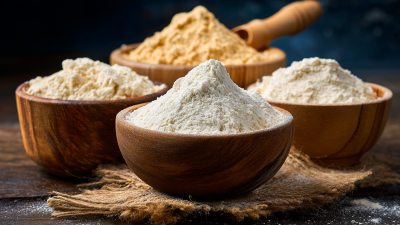
Top Strategies for Sourcing Xanthan Gum: Unlocking Global Procurement Success
-

How to Maximize After Sales Support and Minimize Maintenance Costs for Best Apam Anionic Polyacrylamide
-

Top Strategies for Boosting Your Christmas Decoration Snow Sales This Holiday Season
-
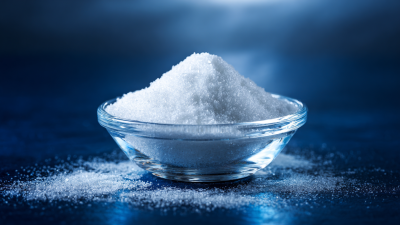
Unlocking the Future of Water Treatment with Best Flocculant Anionic Nonionic Polyacrylamide Trends for 2025
-
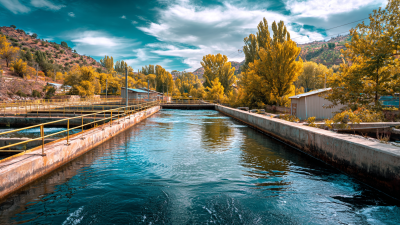
How to Effectively Use Chemical Flocculant for Improved Water Treatment
-

Future Market Insights on Best High Impact Polymer and How to Leverage Opportunities by 2025
Blog Tags:

Sophia
-

Phone
-

E-mail
-

Whatsapp
-

WeChat
Jessy Lin
Paul Zhou:8613356391894 Eric Wong:8615963245439Emily Wu:8617866856171
-

WeChat
Paul Zhou

-

WeChat
Eric Wong

-

WeChat
Emily Wu


